- News
- Reviews
- Bikes
- Accessories
- Accessories - misc
- Computer mounts
- Bags
- Bar ends
- Bike bags & cases
- Bottle cages
- Bottles
- Cameras
- Car racks
- Child seats
- Computers
- Glasses
- GPS units
- Helmets
- Lights - front
- Lights - rear
- Lights - sets
- Locks
- Mirrors
- Mudguards
- Racks
- Pumps & CO2 inflators
- Puncture kits
- Reflectives
- Smart watches
- Stands and racks
- Trailers
- Clothing
- Components
- Bar tape & grips
- Bottom brackets
- Brake & gear cables
- Brake & STI levers
- Brake pads & spares
- Brakes
- Cassettes & freewheels
- Chains
- Chainsets & chainrings
- Derailleurs - front
- Derailleurs - rear
- Forks
- Gear levers & shifters
- Groupsets
- Handlebars & extensions
- Headsets
- Hubs
- Inner tubes
- Pedals
- Quick releases & skewers
- Saddles
- Seatposts
- Stems
- Wheels
- Tyres
- Health, fitness and nutrition
- Tools and workshop
- Miscellaneous
- Buyers Guides
- Features
- Forum
- Recommends
- Podcast
review
£3,600.00
VERDICT:
The Domane just got even better. It's smoother and more comfortable than the original, and fast and fun as well
Weight:
7,580g
Contact:
At road.cc every product is thoroughly tested for as long as it takes to get a proper insight into how well it works. Our reviewers are experienced cyclists that we trust to be objective. While we strive to ensure that opinions expressed are backed up by facts, reviews are by their nature an informed opinion, not a definitive verdict. We don't intentionally try to break anything (except locks) but we do try to look for weak points in any design. The overall score is not just an average of the other scores: it reflects both a product's function and value – with value determined by how a product compares with items of similar spec, quality, and price.
What the road.cc scores meanGood scores are more common than bad, because fortunately good products are more common than bad.
- Exceptional
- Excellent
- Very Good
- Good
- Quite good
- Average
- Not so good
- Poor
- Bad
- Appalling
There are few endurance bikes as comfortable as the new Trek Domane SLR. A host of changes ensures the new bike is incredibly smooth, filtering out the most severe vibrations on all sorts of rough roads, gravel tracks and cobblestones.
At £3,600 for this most affordable Shimano Ultegra-equipped model, it's not a cheap bike, but there's a lot of tech wrapped under its stealthy black cloak and it delivers on the hype surrounding its launch and debut in the Spring Classics with the Trek Segafredo team.
> Find your nearest dealer here
The second generation Domane SLR offers an improvement in ride comfort and smoothness over the previous model. Like the original Domane, this new version was developed with input from Classics specialist Fabian Cancellara. He even won the Strade Bianche during the first outing for the new bike in a professional race.
Revamped IsoSpeed
A huge amount of work has gone into the new Domane SLR. A raft of changes – a front IsoSpeed decoupler joins the new, now adjustable, rear IsoSpeed decoupler, there's a new carbon handlebar with a vibration-damping rubber insert, and lastly, space for wider 28mm tyres – combine to create a bike that is smooth and composed over any sort of rough road surface, from the poorly maintained roads of the Cotswolds to the cobbles of Belgium and France. The new Domane SLR makes a strong bid for the best endurance bike title.
The headline news with the new Domane SLR is a two-pronged approach aimed at delivering front end compliance that bettmmer matches the rear IsoSpeed decoupler, a novel development in the original bike that provides a range of comfort-boosting deflection. A common complaint with the original Domane centred around the front end feeling much stiffer than the compliant rear end.
To solve this, Trek has integrated an IsoSpeed decoupler into the head tube, allowing a specially shaped carbon fibre steerer tube to bend slightly between the two headset bearings. We're only talking a very small amount of deflection, with rider weight and stem length being a factor in the bending range. Trek has also developed the new IsoCore handlebar. Within the carbon fibre layup is a layer of rubber that allows the handlebar to dissipate some of the high-frequency vibrations.
This combination works well, providing much improved – and needed – front end compliance. The bike feels much more balanced and forgiving at the front when tackling cobbles or badly surfaced roads.
The other big news is the new adjustable rear IsoSpeed decoupler, which now employs a split seat tube design, first seen on the Madone aero road bike. On the old Domane, the entire seat tube was independent of the top tube, with its movement controlled by the IsoSpeed decoupler. In the new design, the front section of the split tube is attached at the top tube like a regular seat tube, which creates a stiffer frame, with only the rear section independent. The amount of deflection is also adjustable – loosen a single bolt (which shares duty as a bottle cage bolt) and slide the dividing lever into the desired position, with the lowest setting offering a claimed 14 per cent increase in compliance over the previous Domane, while in its firmest setting it mimics the Emonda.
But it's not all about twice the number of IsoSpeed decouplers and a rubber-infused carbon handlebar. Trek has increased tyre clearance so that the new bike now ships with 28mm tyres, and there's probably space for slightly wider tyres. Unfortunately, the supplied Bontrager tyres aren't tubeless, unlike the Bontrager wheels, but the tyres inflated to 65psi provide a huge cushioning effect with plenty of traction in the dry and wet, and are robust enough to deal with cobbles.
Ride and performance: The cobble factor
Trek launched the new Domane SLR in Kortrijk, Belgium, the day after the Tour of Flanders, and provided the assembled press with an opportunity to ride the bike over the same roads and cobbles used in that race. The Oude Kwaremont, Paterberg and Koppenberg provided an ideal circuit to put the new bike through its paces. I was rather spoilt in riding a Race Shop Limited (RSL) version with Pro Endurance Geometry (which you can buy through Trek's Project One custom bike programme), with the defining feature being the short head tube, and a smattering of top-end Shimano Dura-Ace and Bontrager Aeolus carbon fibre wheels, which all helped to provide a good impression. Regardless of the flash kit, it was clear on the cobbled sectors that Trek had succeeded in producing a bike that provides a smoother ride.
Following that launch, I was sent this Domane SLR 6, the base model in the range, equipped with Ultegra components and aluminium Bontrager wheels for review. A key difference with this bike is the H2 geometry, which basically means it has a taller head tube than the RSL bike I rode at the launch. It does make it more suitable for the vast majority of people looking to buy a Domane SLR, especially if you lack the flexibility that comes from spending 50-80 hours a week hunched over a keyboard.
Where better to test the new bike than the Paris-Roubaix Challenge? The 175km route takes in all 52 cobbled sections used by the professionals in the race the following day, and provides a tough challenge for any bike. After the first few cobbled sections had disappeared under the tyres, it was clear the work that Trek had put into this new bike had paid off; it showed a marked improvement over the previous model in terms of outright smoothness and comfort and a more rounded ride quality everywhere else.
The new Domane SLR feels stable and composed when rattling along the crown of a cobbled road, the vibrations less intrusive. The ride is just calmer. Bigger impacts, such as those on the Arenberg, can still send a jolt through the handlebar – there's a limit to how much the small range of deflection can really cope with bigger impacts – but it is on high-frequency vibrations caused by cracks in the road, ridges, depressions and smoother cobbles that the IsoSpeed decouplers, bigger tyres and carbon handlebar really make an appreciable difference and the Domane SLR excels.
I actually rode this same event a number of years ago on the previous Domane, and it's clear comparing the new bike with the old one that the changes have netted a substantial difference. Most noticeable is how much smoother the front end is, with better cohesion between the front and rear stiffness. The front is still firm, but the difference has been massively reduced and the result is a much more balanced feeling bike.
I've done Paris-Roubaix a few times and ridden the cobbles on quite a few different bikes, but I've never felt quite as fresh as I have after riding the new Domane SLR. Sure, I was still battered and I swore never to do it again, but I was in a better state than those around me. The measure of deflection might be small, but it's enough to make the going that little bit easier over such rough roads.
On familiar roads...
While the cobbles are a tough test for any bike, a truer test of the bike is revealed on local roads. No cobbles but plenty of poorly surfaced roads, the top layer of tarmac peeled away, surface dressed gravel and plenty of holes to contend with. It's on this sort of road that the Domane SLR comes into its own. It damps the vibrations and manages to isolate you just enough from the most severe bumps and dips, providing a floaty feeling without completely detaching you from what is happening under the tyres.
It's really quite wonderful how the bike smooths out a rough road, a feeling highlighted when I switch back to a carbon race bike with narrower tyres. Yet the Domane SLR doesn't feel baggy or loose, it's still direct and responsive if you like to ride hard and expect the bike to deliver the sort of performance that a race-bred carbon bike should. There's no flex when you sprint out of the saddle and it's direct and sensitive to small changes of weight balance or rider input.
It's uncanny how well the IsoSpeed works. Look down between your legs and, in the softest setting, you can see the seatpost moving back and forth. You don't notice the saddle movement when you're riding, you just notice the smoothness. I've experimented with the rear IsoSpeed decoupler in different positions. In its firmest setting, it's in the same ballpark as the Madone, and the ride feels crisp and alert. In its lowest setting, it sweeps rough roads aside, while the middle setting is equivalent to the previous Domane.
You can easily leave the slider at its lowest setting and make the most of the available deflection because it's sufficiently well controlled that it doesn't spoil the ride if you're enjoying some buttery smooth tarmac. It's not exactly bouncing up and down. The adjustability means you can alter the available deflection to suit the demands of your local roads and also your weight as well.
It's not all about the comfort...
Comfort aside, the Domane SLR is a really engaging and fun bike to ride. The boosted compliance hasn't softened the Domane's reflexes. It's a nimble bike, with the 7.6kg weight ensuring it can dance up the climbs with the best of them. In RSL guise, it would certainly be a good UK race bike.
The new split seat tube design provides a stiffer frame and it feels it when riding. Any concerns that the front end might be soft and vague vanish as soon as you get out the saddle and give it the beans, or climb aggressively up a very steep hill. It's solid and there's no unwanted flex. You can occasionally detect a hint of flex from the handlebar when in the drops but it's not detrimental to the performance of the bike.
While the rear IsoSpeed only works when you're seated, the front IsoSpeed decoupler and IsoCore handlebar make a noticeable difference all of the time, even if you're out of the saddle. Round my way there are some quite fast descents with really bumpy surfaces, the sort you might ride out of the saddle, and one in particular that is just horrible, with a rippled surface, holes everywhere, poor visibility due to steep banks and bends in the road, and a tricky right hander at the bottom. On a very stiff race bike, the ride can be choppy and bouncy as the tyres struggle to follow the surface of the road – it never feels very safe at speed. The Domane SLR, in contrast, feels controlled, safe and tied to the road, and much safer.
Equipment and pricing
There are five models in the Domane SLR range: two disc and three rim brake versions, plus two framesets if you want to build your own. This Domane SLR 6 is the least expensive in the lineup, and for your £3,600 you get most of a Shimano Ultegra groupset with a compact chainset and 11-28 cassette, with Bontrager Speed Stop direct mount brakes.
There's a strong Bontrager theme, as you'd expect, from the IsoCore handlebar to Bontrager Paradigm Comp tubeless-ready wheels. It's a real shame the Bontrager R3 Hard-Case Lite tyres aren't tubeless. I found the Bontrager Pro stem too short so swapped it for a 13cm stem to achieve my desired fit, likewise the Affinity Elite saddle, which I swapped for a Prologo Scratch.
The same frame is used throughout the range and is constructed from 600 Series OCLV carbon fibre with a host of familiar Trek features including a BB90 bottom bracket, internal cable routing and tapered head tube. Trek's Ride Tuned seat mast slips over the top of the extended seat tube and required a generous amount of carbon paste to prevent it slipping.
To provide the necessary tyre clearance, Trek has adopted the direct mount brake standard first introduced by Shimano, and this bike is fitted with Bontrager's own brake callipers. They're not pretty but they are effective, and while power isn't a match for a Dura-Ace dual-pivot brake, lever feel is nice and consistent.
The frame is DuoTrap S compatible, which allows a sensor to be plugged into the chainstay to transmit, via ANT+ or Bluetooth, speed and cadence data to a suitable computer or smartphone app. An integrated chain catcher is a neat addition, as is the new 'Control Centre', a hole in the down tube covered by a removable cover that is used to hide the junction box if the bike is fitted with Di2.
Like the original Domane, there are mudguard eyelets, making it an ideal candidate for winter riding.
> Check out our buyer's guide to sportive and endurance bikes
As mentioned previously, the Domane tested here uses Trek's H2 geometry, which basically means it's more relaxed and less aggressive than the geometry used by Fabian Cancellara and normal on typical race bikes. If you've read this far, you're probably more interested in the Domane not for racing but for sportives and club runs and leisurely Sunday rides, and don't want to have to fit yourself to a low and stretched race bike.
To put that into context, here are some numbers for the 56cm bike pictured. It has a 374mm reach and 575mm stack (the horizontal and vertical measurements from the centre of the bottom bracket to the top of the head tube) and a 175mm head tube and a 554mm top tube. Those numbers show that the front is higher and the reach to the handlebar shorter, which means a more comfortable riding position if you're not racing and like to enjoy, not suffer, on your rides.
Endurance bikes usually have a longer wheelbase, to provide extra tyre clearance and provide more ride stability, and at 1010mm the Domane has its wheels stretched out compared with a race bike. Seven frame sizes are available from 50 to 62cm.
Conclusion
The endurance bike category has some interesting contenders, and Trek's solution to providing a bike that deals with the poor state of the roads might seem gimmicky, but it does work – and works well.
Verdict
The Domane just got even better. It's smoother and more comfortable than the original, and fast and fun as well
road.cc test report
Make and model: Trek Domane SLR 6
Size tested: 56
About the bike
State the frame and fork material and method of construction. List the components used to build up the bike.
Trek says:
600 Series OCLV Carbon, Front IsoSpeed, Adjustable Rear IsoSpeed, E2, BB90, Power Transfer Construction, hidden mudguard mounts, internal cable routing, 3S chain keeper, DuoTrap S compatible, Ride Tuned seatmast
Trek's IsoSpeed technology smooths even the roughest roads, delivering an efficient and comfortable ride for increased performance and speed. The adjustable rear IsoSpeed allows you to fine-tune your compliance level to suit your ride style and terrain, providing both a stiffer and more compliant ride than the current Domane and a 14% increase in overall compliance when the slider is in the lowest setting.
Trek's Front IsoSpeed technology is a breakthrough in ride-smoothing technology, bringing a new standard of compliance to a bike's front end that increases smoothness and balance so you can ride faster, longer and stronger.
FRAMESET
Frame600 Series OCLV Carbon, Front IsoSpeed, Adjustable Rear IsoSpeed, E2, BB90, Power Transfer Construction, hidden mudguard mounts, internal cable routing, 3S chain keeper, DuoTrap S compatible, Ride Tuned seatmast
ForkDomane Full Carbon, E2, direct mount brakes
WHEELS
WheelsBontrager Paradigm Comp Tubeless Ready
TyresBontrager R3 Hard-Case Lite, 120tpi, aramid bead, 700x28c
DRIVETRAIN
ShiftersShimano Ultegra, 11-speed
Front derailleurShimano Ultegra, braze-on
Rear derailleurShimano Ultegra
CrankShimano Ultegra, 50/34 (compact)
Bottom bracketBB90
CassetteShimano Ultegra, 11-28, 11-speed
ChainShimano Ultegra
COMPONENTS
SaddleBontrager Affinity Elite, Ti rails
SeatpostBontrager Ride Tuned carbon seat mast cap, 20mm offset
HandlebarBontrager Pro IsoCore VR-CF, 31.8mm
StemBontrager Pro, 31.8mm, 7 degree
Head setIntegrated, cartridge bearing, sealed, 1-1/8" top, 1.5" bottom
Brake setBontrager Speed Stop, direct mount
Tell us what the bike is for, and who it's aimed at. What do the manufacturers say about it? How does that compare to your own feelings about the bike?
Trek says:
Domane with IsoSpeed has it all: Blistering speed. Incredible race comfort and stability, even on the punishing pavé of Flanders and Roubaix. Don't endure. Conquer.
Powering over centuries-old cobbles, charging up dizzying climbs, descending on rails to an epic win. That's how Fabian Cancellara rides his Domane. How will you ride yours?
Efficient
Domane makes the most of every pedal stroke: with incredible power transfer and 30% more lateral stiffness than the competition. No waste, all win.
Smooth IsoSpeed decoupler
Long days and rough roads are no match for IsoSpeed technology. Our innovative decoupler doubles vertical compliance so you ride stronger, longer.
Stable
Balanced, race-stable geometry and integrated chain keeper give Domane extraordinary handling and flawless gear shifting on any road, under any load.
Caliper or disc brakes
All the stopping power you need, just the way you want it: smooth all-weather discs, or lightweight calipers.
Frame and fork
Overall rating for frame and fork
8/10
Tell us about the build quality and finish of the frame and fork?
Excellent build quality as you'd expect from Trek.
Tell us about the materials used in the frame and fork?
600 Series OCLV is used through the range with a BB90 bottom bracket, internal cable routing and tapered head tube.
Tell us about the geometry of the frame and fork?
The H2 fit is more relaxed with a taller head tube and shorter top tube than the Pro Endurance Geometry used by Fabian Cancellara.
How was the bike in terms of height and reach? How did it compare to other bikes of the same stated size?
Once I changed the stem for a longer one, the reach and stack (the horizontal and vertical measurements from the centre of the bottom bracket to the top of the head tube) were good.
Riding the bike
Was the bike comfortable to ride? Tell us how you felt about the ride quality.
Supremely comfortable, the Domane SLR smooths out rough roads.
Did the bike feel stiff in the right places? Did any part of the bike feel too stiff or too flexible?
No unwanted flex or squirm when riding aggressively, sprinting or attacking.
How did the bike transfer power? Did it feel efficient?
The oversized tube diameters and big bottom bracket ensure it's very direct and efficient.
Was there any toe-clip overlap with the front wheel? If so, was it a problem?
None.
How would you describe the steering? Was it lively, neutral or unresponsive? Very direct and communicative.
Tell us some more about the handling. How did the bike feel overall? Did it do particular things well or badly?
While all the talk is about the comfort, the handling of the Domane makes it a really enjoyable and easy bike to ride, at pace or steady speeds.
Which components had the most effect (good or bad) on the bike's comfort? would you recommend any changes?
I didn't get on with the shape of the saddle and the stem was too short, but these are personal changes, you might be just fine with them.
Which components had the most effect (good or bad) on the bike's stiffness? would you recommend any changes?
I'd upgrade to tubeless tyres and make use of the tubeless rims.
Which components had the most effect (good or bad) on the bike's efficiency? would you recommend any changes?
No changes.
Rate the bike for efficiency of power transfer:
8/10
Rate the bike for acceleration:
8/10
Rate the bike for sprinting:
8/10
Rate the bike for high speed stability:
8/10
Rate the bike for cruising speed stability:
8/10
Rate the bike for low speed stability:
8/10
Rate the bike for flat cornering:
8/10
Rate the bike for cornering on descents:
9/10
Rate the bike for climbing:
7/10
The drivetrain
Rate the drivetrain for performance:
8/10
Rate the drivetrain for durability:
8/10
Rate the drivetrain for weight:
7/10
Rate the drivetrain for value:
8/10
Wheels and tyres
Rate the wheels and tyres for performance:
7/10
Rate the wheels and tyres for durability:
7/10
Rate the wheels and tyres for weight:
7/10
Rate the wheels and tyres for comfort:
8/10
Rate the wheels and tyres for value:
7/10
Controls
Rate the controls for performance:
8/10
Rate the controls for durability:
7/10
Rate the controls for weight:
7/10
Rate the controls for comfort:
8/10
Rate the controls for value:
8/10
Tell us some more about the controls. Any particularly good or bad components? How would the controls work for larger or smaller riders?
I was impressed with the IsoCore handlebar. Trek will be selling this as an aftermarket product and it could be a good upgrade for anyone wanting to inject a bit more comfort into their bike.
Your summary
Did you enjoy riding the bike? Yes
Would you consider buying the bike? I'd be interested in the RSL version.
Would you recommend the bike to a friend? Yes
Rate the bike overall for performance:
9/10
Rate the bike overall for value:
6/10
Use this box to explain your score
The endurance bike category has some interesting contenders, and Trek's solution to providing a bike that deals with the poor state of the roads might seem gimmicky, but it does work, and it works well. On paper, with an Ultegra groupset, it does look expensive, but there's a lot of tech in the frame that no other bikes offer.
About the tester
Age: 31
I usually ride: My best bike is:
I've been riding for: 10-20 years I ride: Every day I would class myself as: Expert
I regularly do the following types of riding: road racing, time trialling, cyclo-cross, commuting, touring, mountain biking
David worked on the road.cc tech team from 2012-2020. Previously he was editor of Bikemagic.com and before that staff writer at RCUK. He's a seasoned cyclist of all disciplines, from road to mountain biking, touring to cyclo-cross, he only wishes he had time to ride them all. He's mildly competitive, though he'll never admit it, and is a frequent road racer but is too lazy to do really well. He currently resides in the Cotswolds, and you can now find him over on his own YouTube channel David Arthur - Just Ride Bikes.
Latest Comments
- Dogless 1 sec ago
You're defending bombing hospitals and refugee camps and starving children.
- Boopop 6 min 22 sec ago
For me it's just the fact that some of the junctions with traffic lights in London specifically appear to me pointless. Take this one in...
- Simon E 9 min 18 sec ago
Red lights are frustrating but you either obey the rules or you don't. Like drivers (sorry!), you shouldn't pick and choose the rules you wish to...
- ktache 32 min 29 sec ago
Or any other item that has recently had 5p taken off it's tax.
- mattw 2 hours 39 min ago
Used car salesman is a complete attention-seeking plank....
- tubasti 2 hours 56 min ago
I don't know if they're any better, but they's certainly become more boring.
- FionaJJ 3 hours 23 min ago
At risk of being cynical, and stereotyping the police, it's so they don't have to leave the comfort of their panda cars and pursue on foot when...
- andystow 3 hours 32 min ago
But now you don't have to. Allegedly.
- Patrick9-32 3 hours 40 min ago
Since Kona's rebirth after they kept the stinky for waaaay too long they have been one of the most consistently desireable mountain bike brands. If...
- luk 4 hours 18 min ago
Device with built in battery?? Shocking!!















































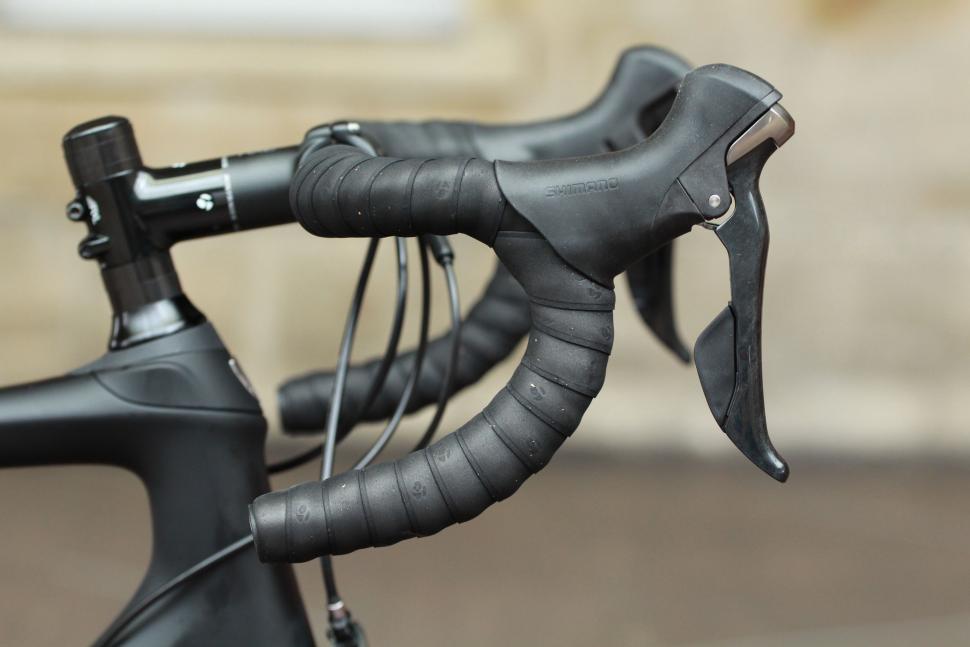

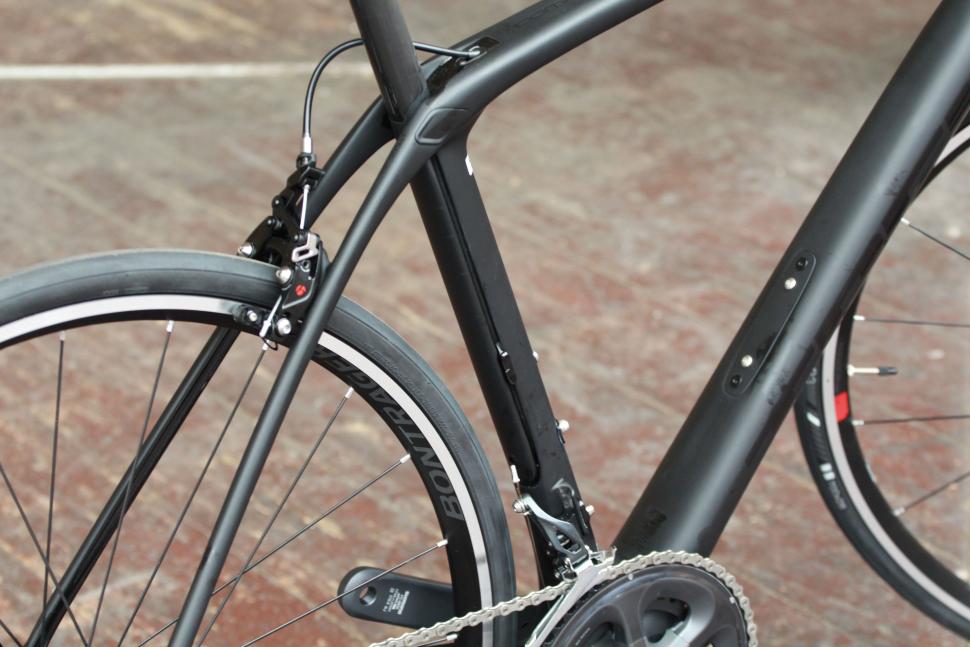
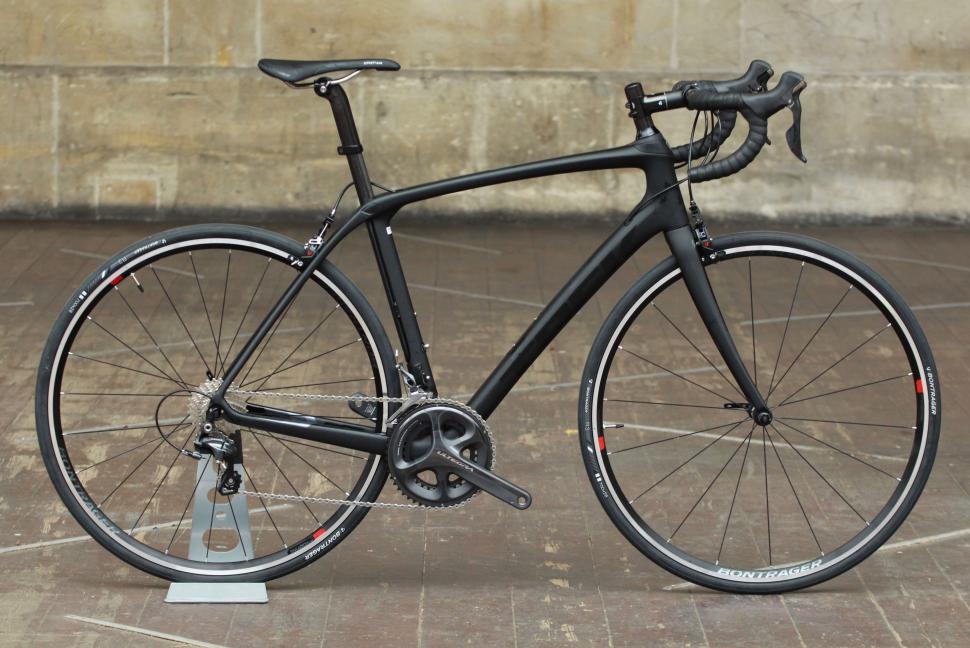
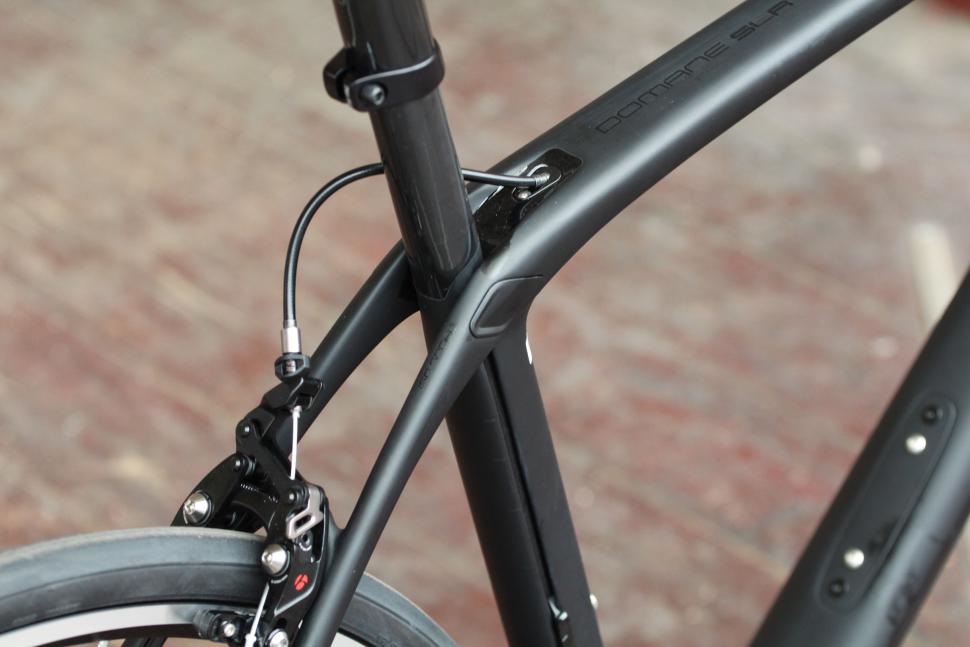
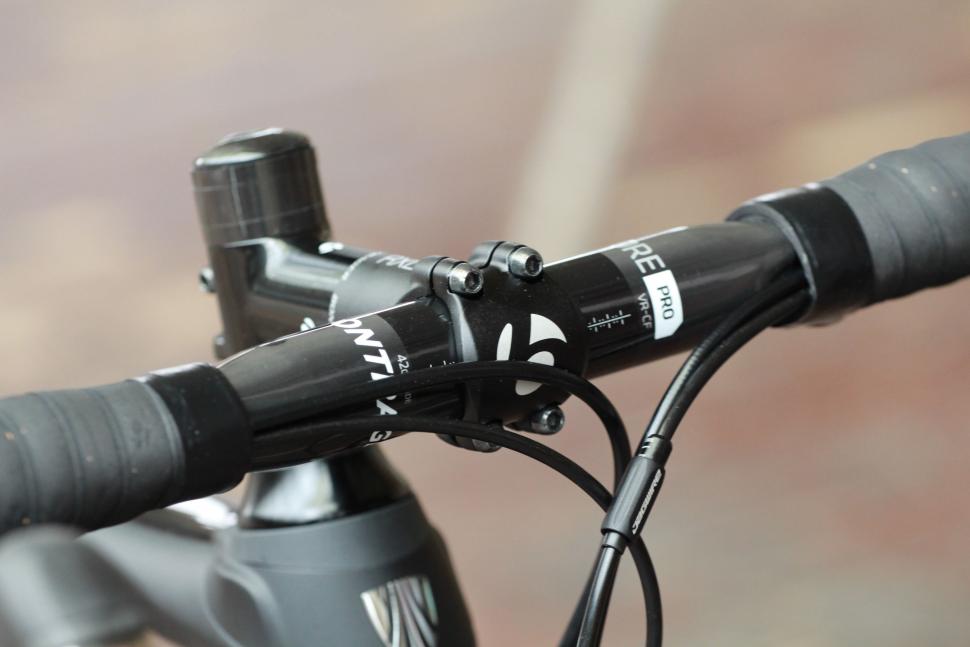

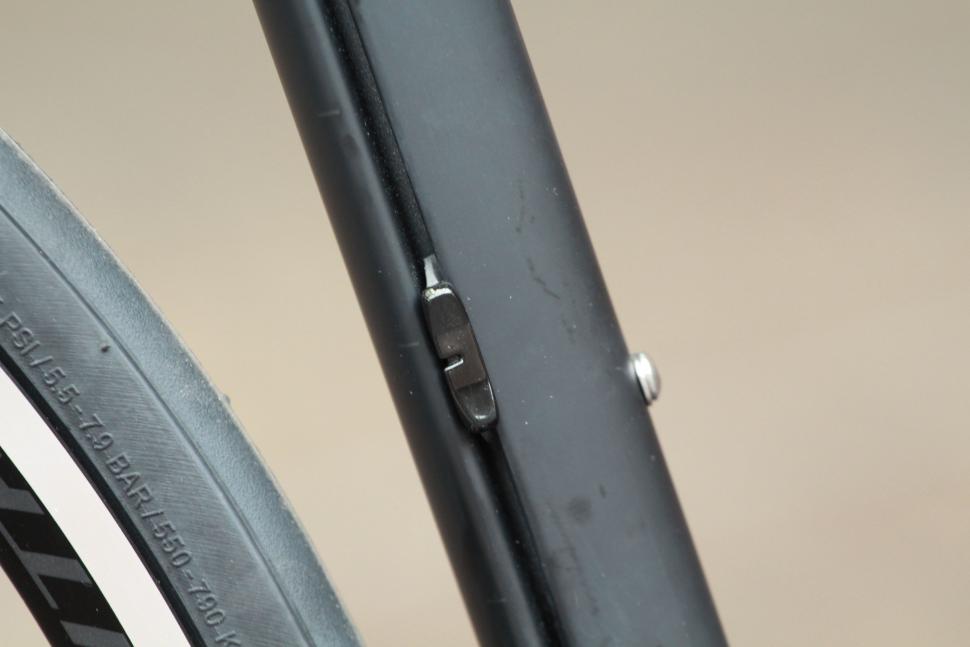
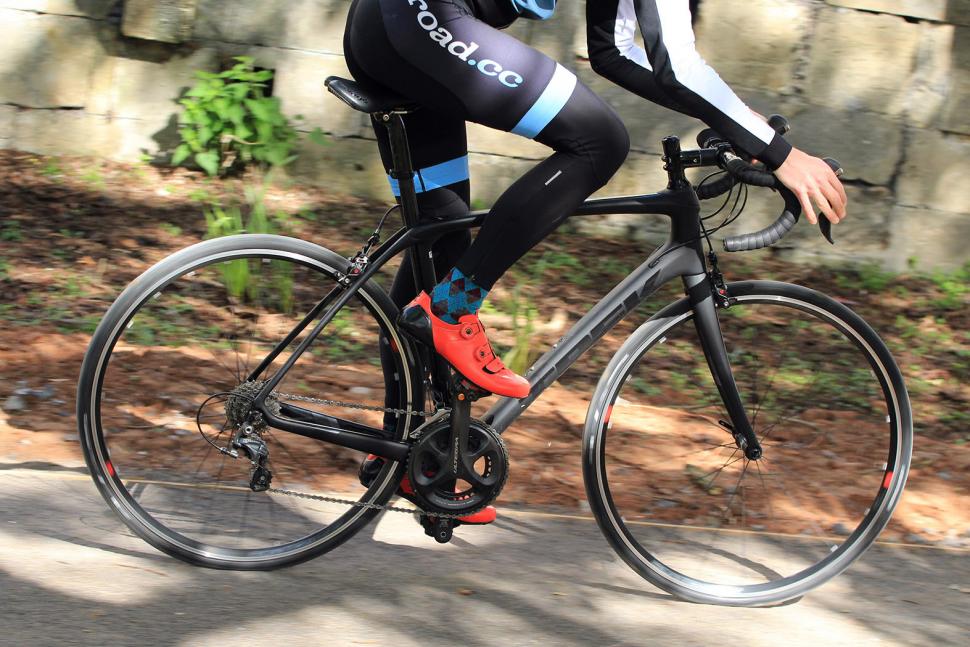
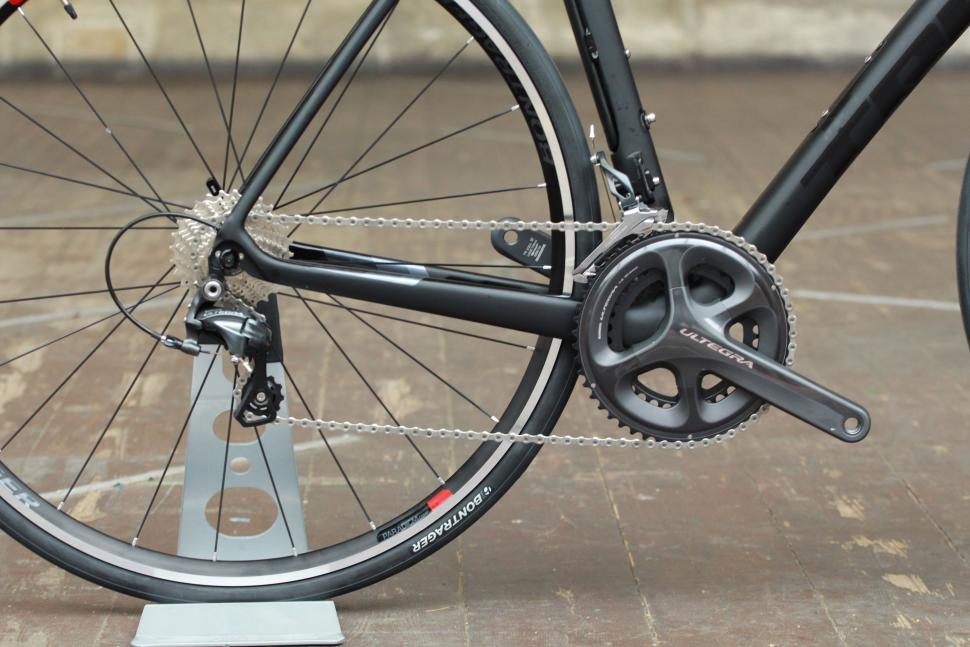
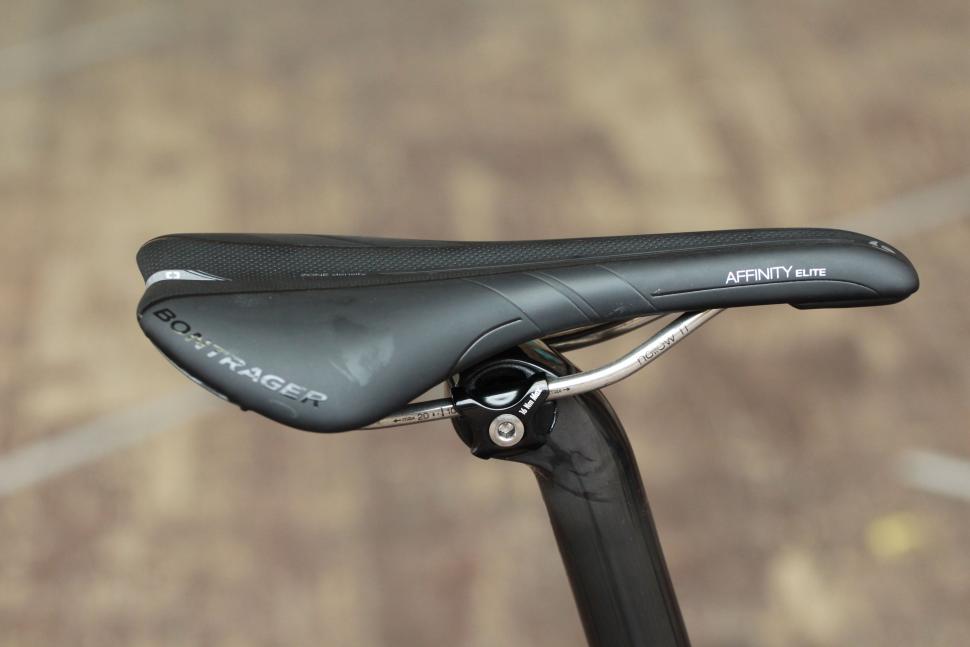
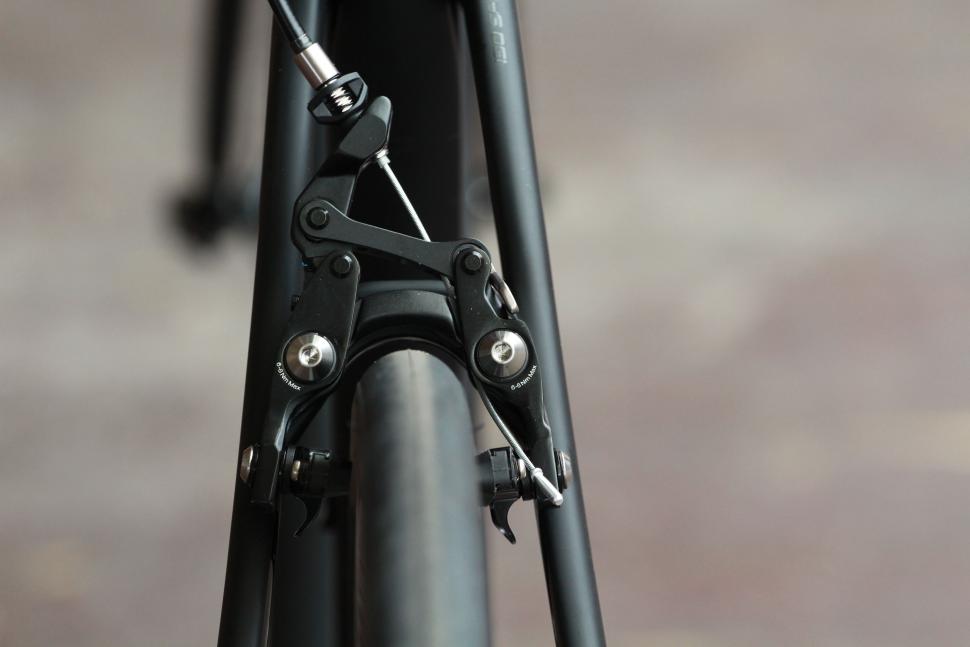

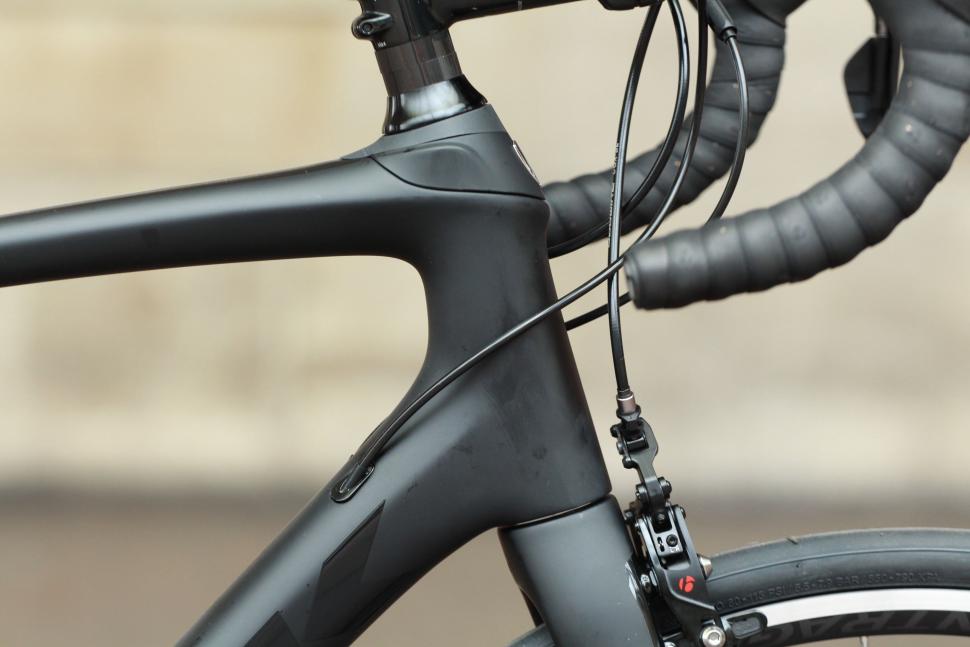
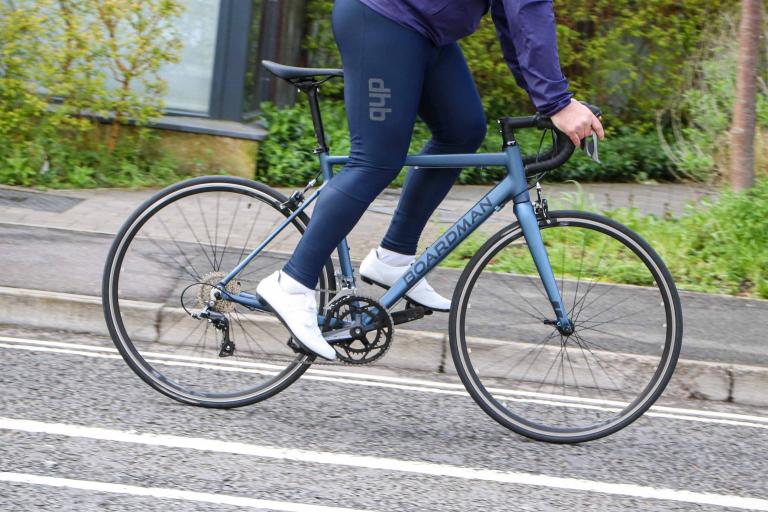
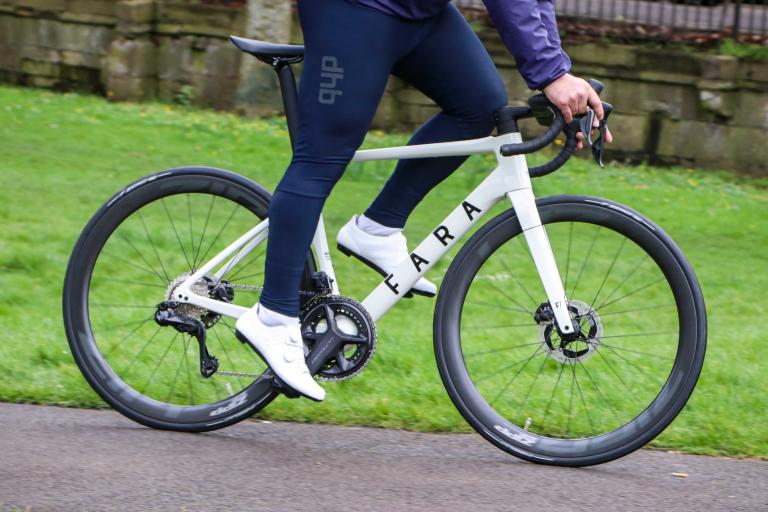
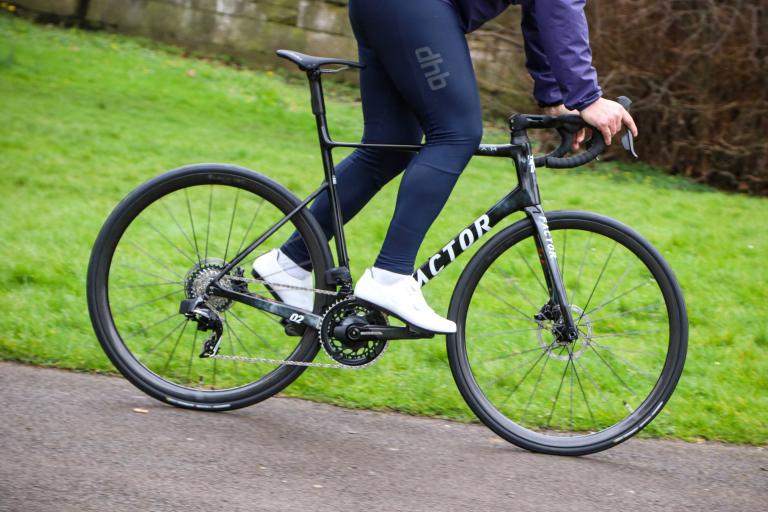
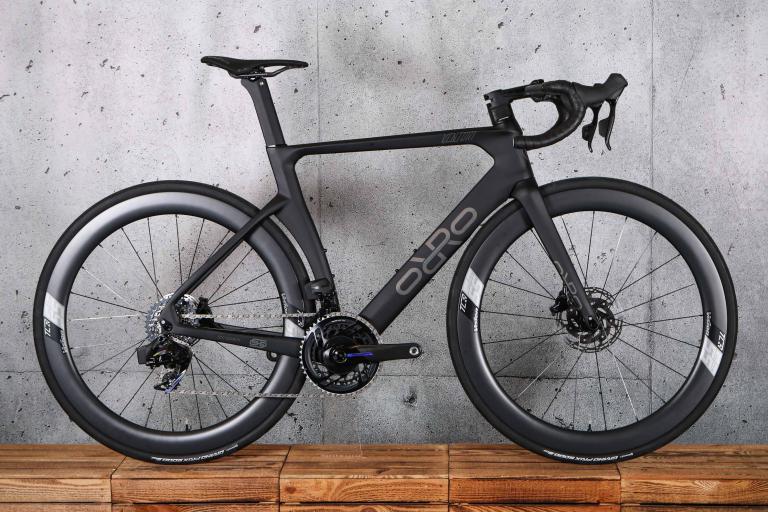
Add new comment
2 comments
This is a very positive review with no negative points mentioned whatsoever. Why then, has it only been given four stars out of five?
Has the price gone up on these? Looked at one in my LBS this morning to be told 4,200 quid. Nice looking bike in the flesh, but that's quite an increase in cost... £600 in less than a year. BREXIT!?!
£600 in less than a year. BREXIT!?!